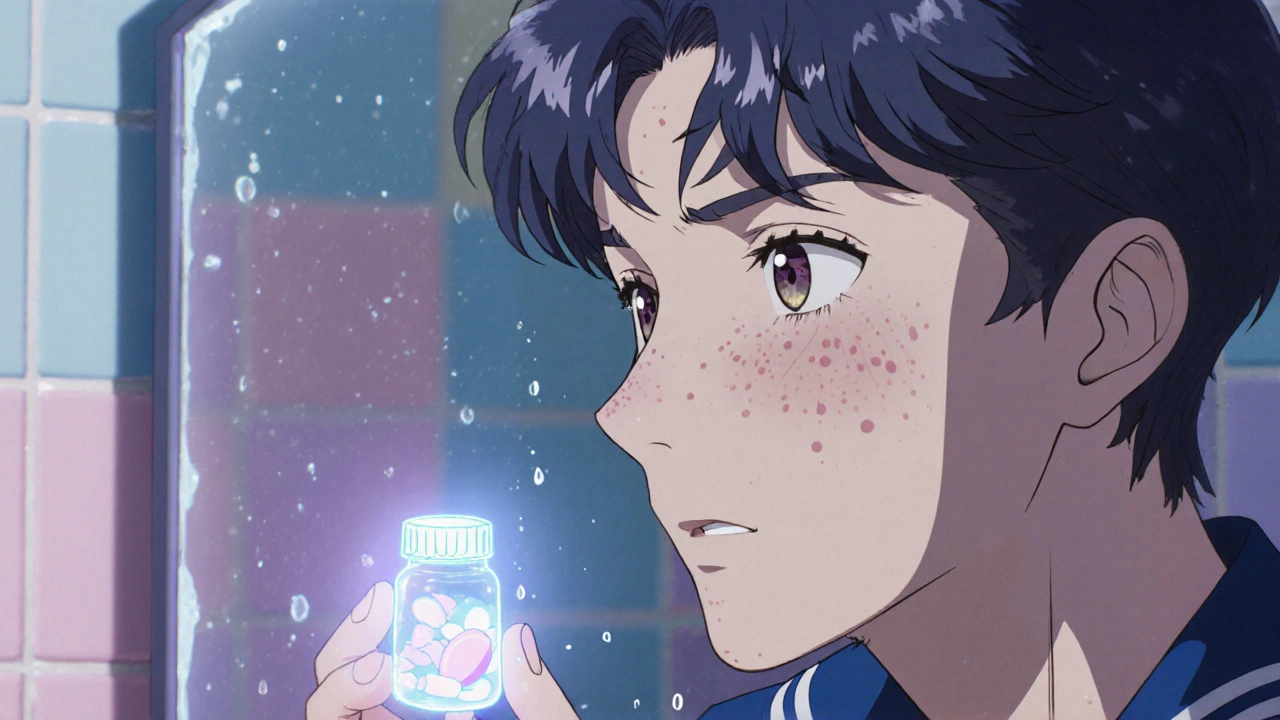Skin Reactions: Causes, Treatments, and What to Watch For
When your skin reacts badly to something you applied or took, it’s not just a rash—it could be a sign of deeper damage. skin reactions, unexpected changes in the skin’s appearance or feel caused by medications, allergens, or prolonged use of topical treatments. Also known as cutaneous adverse reactions, these responses can turn minor treatments into long-term problems if ignored. Many people think a red, itchy patch is just a bad reaction and will go away on its own. But with some medications—especially topical corticosteroids, anti-inflammatory creams used for eczema, psoriasis, and other skin conditions—what seems like improvement is often hidden harm. Long-term use can lead to skin atrophy, thinning of the skin layers that makes it fragile, shiny, and prone to tearing, or even steroid skin damage, a broader term covering tissue breakdown, stretch marks, and increased infection risk.
These aren’t rare side effects. Studies show up to 30% of people using strong steroid creams daily for more than a few weeks develop visible thinning. And when they stop? That’s when topical steroid withdrawal, a rebound reaction with burning, redness, and flaking after stopping long-term steroid use kicks in. It’s not an allergy—it’s your skin screaming after being suppressed too long. People mistake it for a flare-up and reach for more cream, making things worse. The cycle is real, and it’s why so many end up with red, raw skin that doesn’t respond to anything.
It’s not just steroids. Antibiotics like mupirocin, antifungals, and even over-the-counter lotions can trigger reactions. Some people develop infections under the guise of a rash—bacterial, fungal, or viral—because the skin barrier got damaged. That’s why knowing the difference between irritation and infection matters. A burning sensation that spreads? Redness that feels warm to the touch? Pus or oozing? Those aren’t normal. They’re red flags.
What you do next changes everything. Stopping the trigger is step one. But recovery isn’t just waiting it out. It’s about repairing the skin’s natural barrier, avoiding harsh products, and sometimes using gentle, non-steroid treatments under supervision. There’s no magic cream, but there are proven paths back to healthy skin—if you catch it early.
The posts below cover exactly this: real cases, real mistakes, and real solutions. You’ll find guides on how corticosteroids damage skin, how to recognize when you’ve crossed the line, what to do when withdrawal hits, and how to choose safer alternatives without losing control of your condition. No fluff. No guesswork. Just what works when your skin is screaming for help.

Explore whether lamotrigine can cause acne, review the science, and learn practical tips to manage skin breakouts while staying on your medication.
Read More